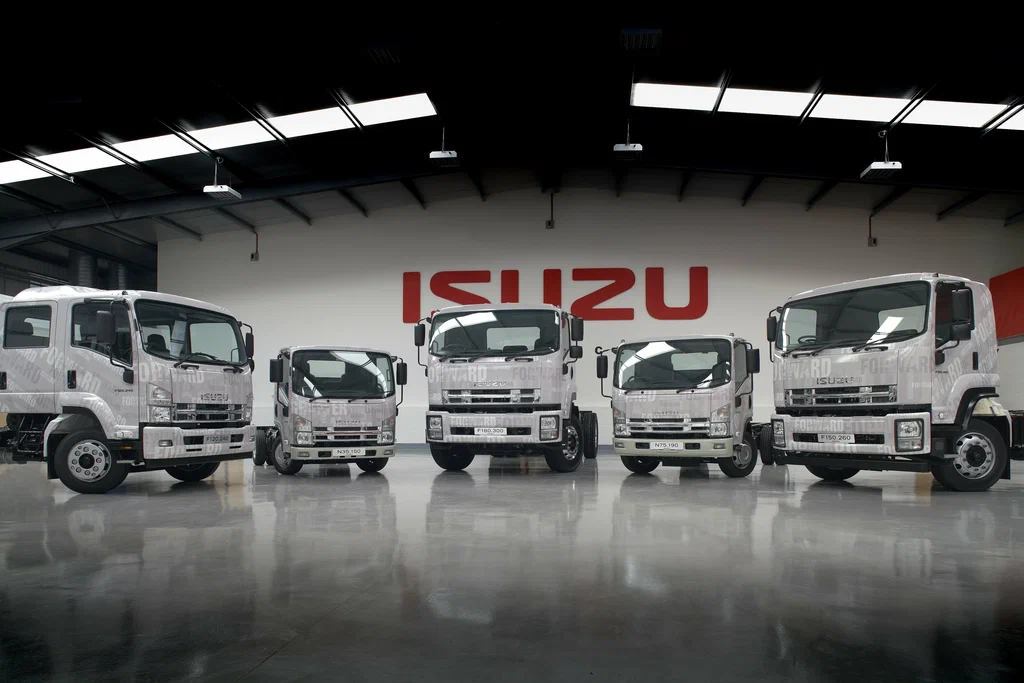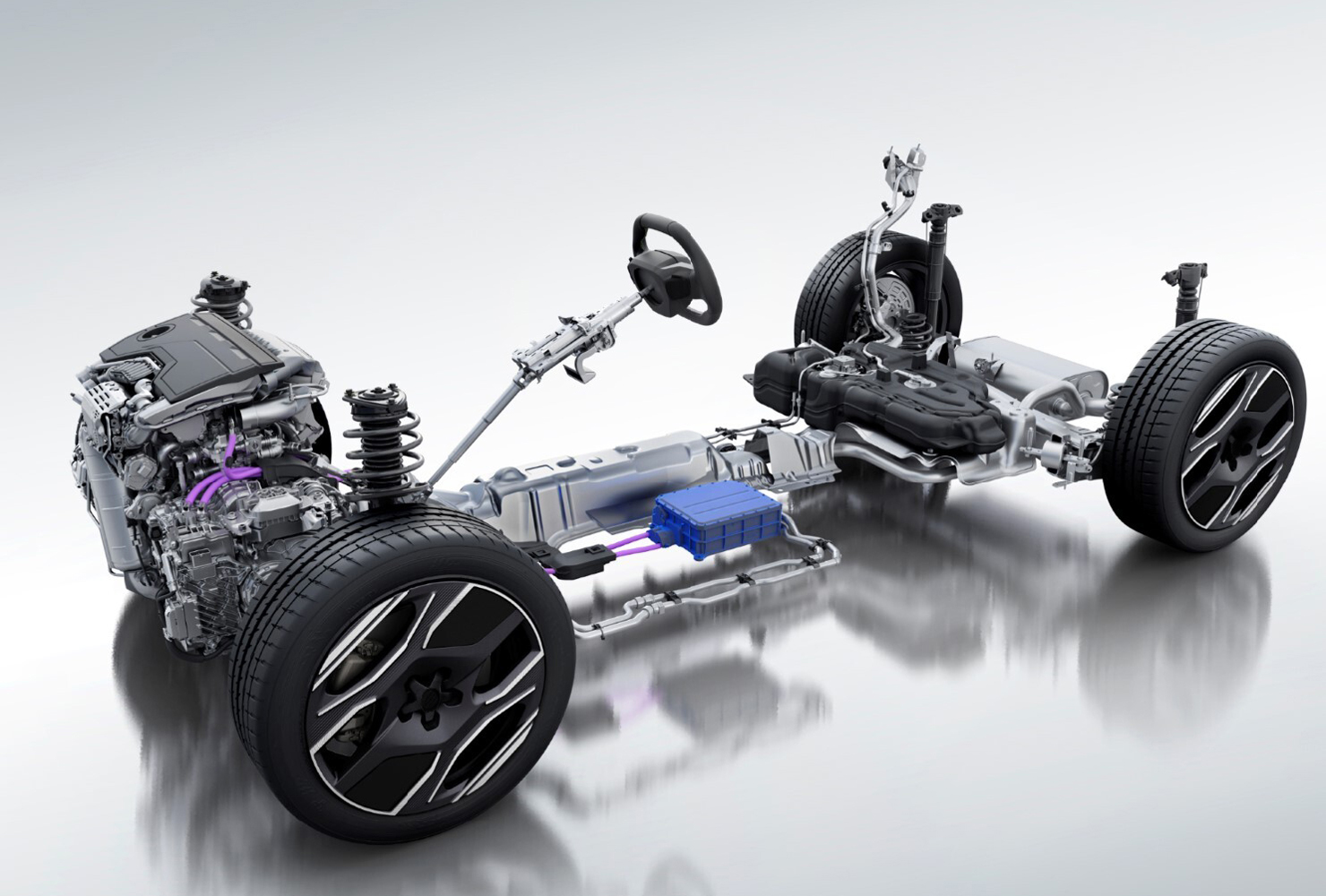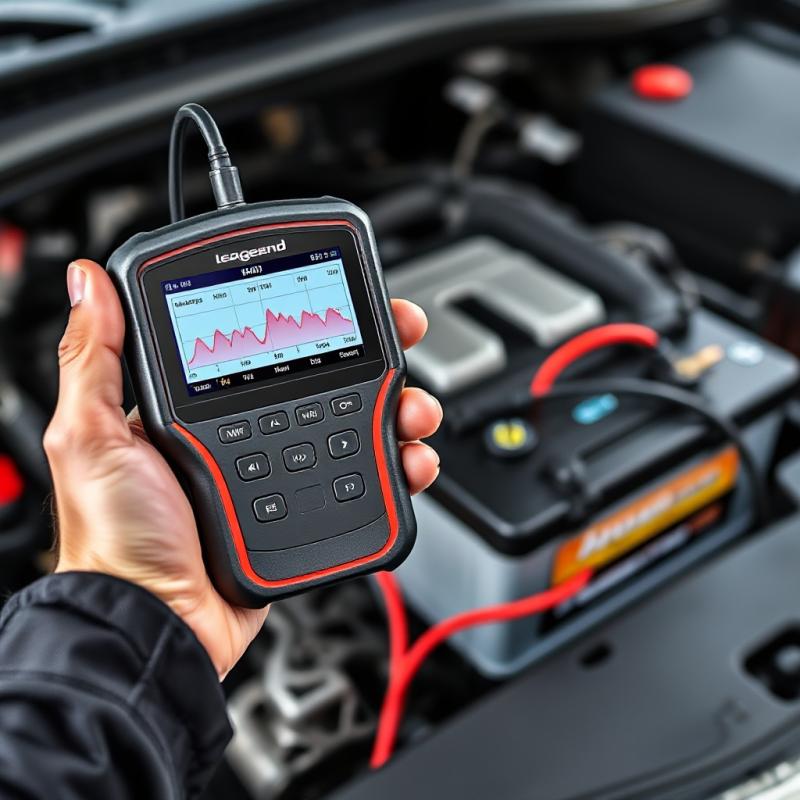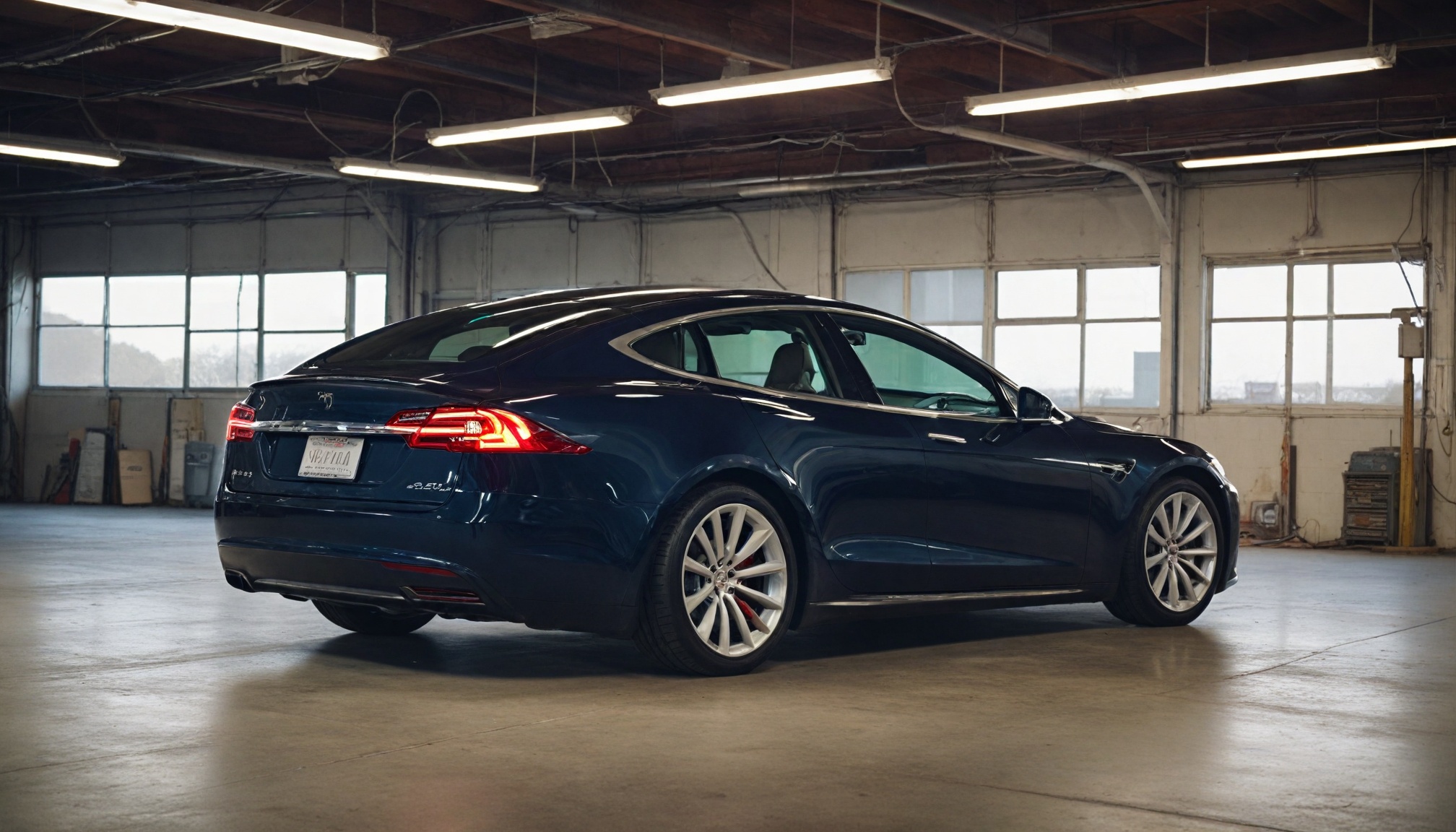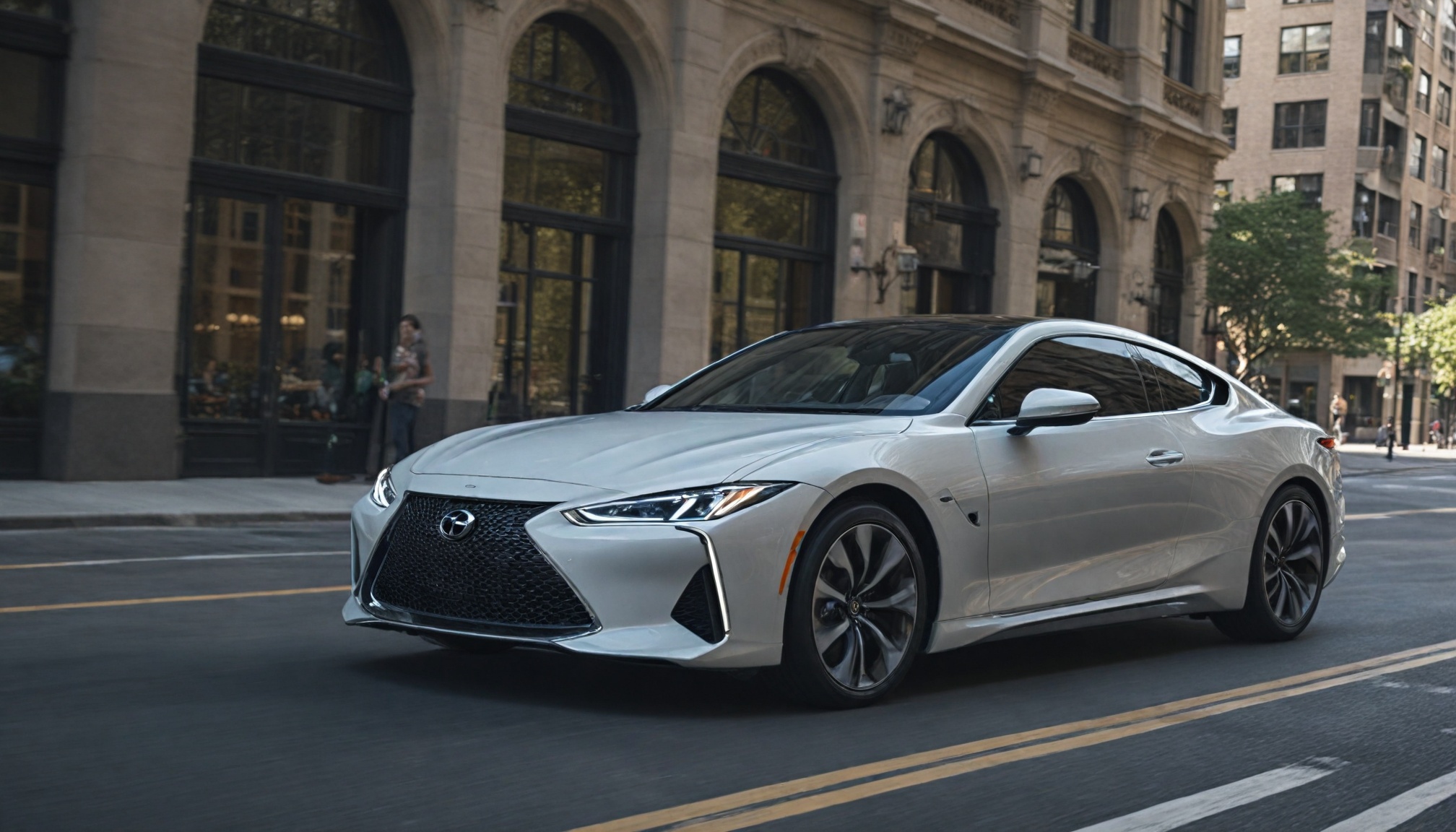
AI transforms vehicles from mechanical machines to digital platforms with adaptive software, personalized assistants, and smart home integration by 2025.

Drivetech Partners
The automotive industry is undergoing a radical transformation as vehicles evolve from simple mechanical machines into sophisticated digital platforms powered by artificial intelligence. By late 2025, nearly 60% of new vehicles will feature adaptive software systems that continuously learn from driver behavior, deliver over-the-air updates, and integrate seamlessly with smart home ecosystems, fundamentally changing what it means to own and operate a car.
Key Takeaways
Software-defined vehicles are replacing traditional hardware-focused cars, enabling continuous improvement through over-the-air updates
Advanced AI personal assistants from brands like Stellantis and Mercedes-Benz now understand natural language and provide contextual support
Next-generation infotainment systems with holographic displays and augmented reality dashboards are personalizing the driving experience
Smart home integration transforms vehicles into mobile control centers for connected devices and appliances
AI-powered safety systems are enabling predictive accident avoidance and paving the way for Level 3 autonomy

From Metal Machines to Living Digital Platforms
The concept of what makes a car is changing dramatically. Today's vehicles are no longer defined solely by their engines, transmissions, and chassis components. Instead, software-defined vehicles (SDVs) have emerged, where core functions—driving dynamics, safety features, entertainment options, and comfort settings—are powered by updatable software modules.
This shift represents more than just adding digital features; it's a complete rethinking of automotive design and functionality. By the end of 2025, industry data suggests almost 60% of new vehicles globally will feature adaptive software systems that can learn from driver behavior and improve over time.
The real magic happens with over-the-air (OTA) updates. These wireless software refreshes deliver new features, security improvements, and bug fixes without requiring a dealership visit. Much like your smartphone, your car can now wake up with new capabilities it didn't have when you parked it the night before.
Leading manufacturers like Stellantis, Hyundai, and Mercedes-Benz are at the forefront of this revolution, demonstrating how vehicles now adapt and improve long after purchase. This fundamentally changes the ownership experience—cars are becoming platforms that get better rather than assets that simply depreciate.
Your Car is Listening: The Rise of Truly Conversational AI Assistants

The days of limited, command-based voice controls are rapidly fading. Major manufacturers including Stellantis, Mercedes-Benz, Hyundai, and Genesis are deploying sophisticated AI personal assistants using natural language processing and multimodal input to create truly conversational experiences.
One notable example is the partnership between Stellantis and Mistral AI, which is creating what they call a "real-time, voice-enabled user manual" for natural conversation about vehicle features and troubleshooting. This means drivers can ask questions like "Why is that light on my dashboard illuminated?" and receive clear, contextual answers.
The impact of this technology is massive—93% of automotive industry stakeholders report generative AI significantly impacts their business operations, with 75% planning full integration by 2025. Market penetration is surging from just 15% of US vehicles in 2023 to a projected majority by the end of 2025.
These aren't simple voice commands anymore. Voice-activated assistants now control everything from climate settings to navigation and entertainment features with natural, conversational language. The experience feels less like giving commands to a machine and more like talking to an intelligent companion.
Beyond Entertainment: Next-Generation Infotainment Gets Personal
The center stack of today's vehicles bears little resemblance to the simple radio units of the past. Automakers are integrating expansive touchscreens, cloud-powered content, and AI that delivers personalized entertainment recommendations based on your preferences and habits.
CES 2025 showcased the cutting edge of this technology: augmented reality dashboards, holographic displays, and infotainment systems that continuously adapt to user preferences. These systems don't just respond to requests—they anticipate needs based on time of day, location, and learned patterns.
Large language models (LLMs) like Google Assistant and Amazon Alexa enable natural language entertainment search and content recommendation. Instead of navigating through menus, drivers can simply say, "Play something upbeat for my drive home" or "Find a podcast about current events" and receive tailored results.
Genesis has taken this a step further with digital service tools that use AI to analyze user activity for tailored upgrade recommendations and predictive maintenance alerts. The system might suggest enabling heated seats before a cold morning commute or recommend scheduling a service appointment based on your driving patterns and vehicle condition.
The Connected Ecosystem: Your Car as Mobile Smart Home Hub
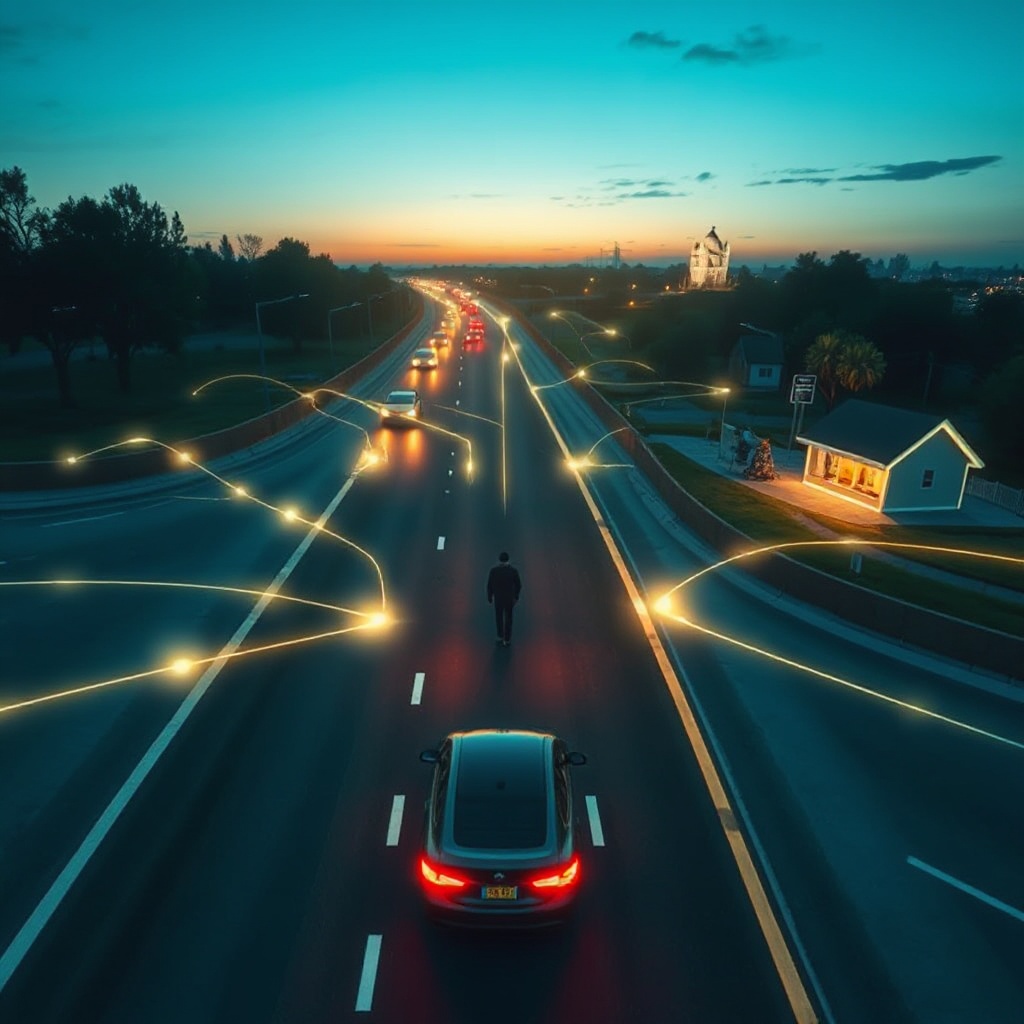
The integration between vehicles and smart homes represents one of the most practical applications of automotive AI. 2025 vehicles seamlessly connect with smart home ecosystems, enabling remote control of home devices, thermostats, lighting, and garage access.
This multi-device integration allows drivers to manage schedules, smart appliances, and receive home security alerts while driving. Imagine adjusting your home's temperature during your commute or receiving a notification that someone rang your doorbell—all through your vehicle's interface.
Hyundai and several competitors are leveraging AI for "vehicle-to-everything" (V2X) connectivity, using sensors and cloud data to link cars with smart cities and home systems. This creates a cohesive digital environment where your car becomes an extension of your connected life rather than a separate space.
The practical applications are numerous: confirming your garage door closed after leaving home, turning on porch lights as you approach your driveway, or even preheating your oven while stuck in traffic so dinner preparation can begin immediately upon arrival.
Proactive Protection: How AI is Redefining Vehicle Safety
Safety features have evolved dramatically from simple airbags and anti-lock brakes. Major automakers are deploying AI-powered Advanced Driver Assistance Systems (ADAS) that learn from individual driver behavior and external data to create personalized safety profiles.
These systems include predictive accident avoidance, real-time hazard alerts, autonomous lane keeping, and adaptive cruise control that adjusts to traffic conditions. Unlike earlier versions that operated with fixed parameters, today's systems continually improve their understanding of driver habits and preferences.
Mercedes-Benz and several competitors are launching Level 3 autonomy in 2025, enabling hands-free driving under certain highway conditions. These systems monitor environmental conditions and make informed decisions about when the driver needs to take control and when the vehicle can safely operate autonomously.
The market penetration for these technologies is impressive—at least 60% of new cars sold worldwide will feature Level 2 autonomy by the end of 2025. This rapid adoption reflects both consumer demand and the proven safety benefits of these AI-powered protective systems.
Leading the Charge: Pioneering Brands and Their AI Innovations
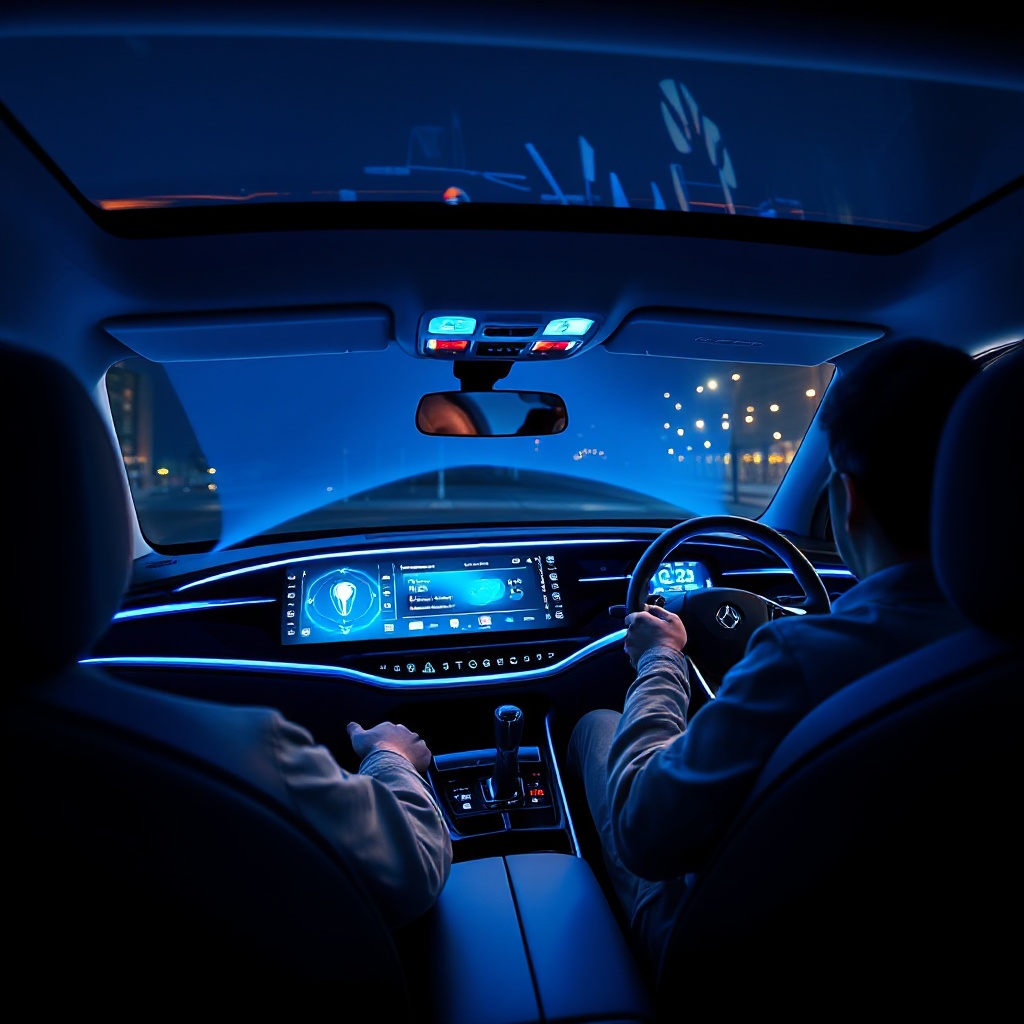
Several manufacturers stand out for their pioneering work in automotive AI. Mercedes-Benz's MBUX system continues to set standards with expanded AI capabilities creating hyper-personalized experiences that adapt to individual users and their habits.
The Stellantis and Mistral AI partnership represents another major advancement, delivering sophisticated conversational experiences for troubleshooting and vehicle information. Their system understands complex queries and provides contextual responses that feel natural and helpful.
Genesis has focused on contextual awareness and emotion recognition in their personal assistant technology. Their system can detect driver stress levels through voice patterns and facial recognition, adjusting vehicle settings and responses accordingly to create a more supportive environment.
Hyundai is implementing advanced V2X capabilities for smart city integration. Their vehicles can communicate with traffic infrastructure, nearby vehicles, and even pedestrian devices to create a more connected and safer driving environment in urban settings.
Beyond Voice Commands: AI Assistants That Understand You
The most advanced AI personal assistants in 2025 vehicles go far beyond simple voice command recognition. Top systems incorporate technologies from leading AI companies including Microsoft Copilot, eesel AI, Motion, Google Assistant, and Alexa, often customized specifically for automotive applications.
Emotion recognition capabilities adapt vehicle responses based on driver mood and stress levels. If you sound frustrated with traffic, your assistant might suggest a less congested route or play calming music without being asked. This emotional intelligence creates a more supportive driving environment.
Predictive tasking has become a signature feature, anticipating needs like recommending music based on mood or booking appointments when you're running late. Your vehicle might suggest stopping for coffee when it detects drowsiness or remind you about errands based on your location and calendar.
Hyper-personalization is now standard, with systems learning preferences over time for increasingly tailored experiences. Your vehicle remembers how you like your seat positioned, what temperature you prefer at different times of day, and which navigation routes you favor for specific destinations.
The Human-Machine Relationship: What This Means for Drivers
Perhaps the most profound change is in how we relate to our vehicles. Cars are transitioning from transportation tools to intelligent companions that understand preferences and anticipate needs. This creates a new type of relationship that feels more collaborative than utilitarian.
Digital relationships are forming between drivers and their increasingly personalized vehicles. Many drivers report feeling a connection to their vehicle's AI assistant similar to how they might feel about a smart speaker or virtual assistant they use regularly at home.
This shift is changing the concept of vehicle ownership. With continuous improvement through software updates, cars no longer follow traditional depreciation models. A three-year-old vehicle with current software may offer more features and better performance than when it was new.
With these benefits come important considerations around privacy and data control. As vehicles collect more personal information to enable these personalized experiences, manufacturers must balance convenience with responsible data practices and transparent privacy controls.
The evolution from mechanical machines to software platforms represents a fundamental reimagining of what a car is and how we interact with it. As we continue through 2025, these AI-powered experiences will likely become the new baseline expectation rather than premium features, forever changing our relationship with the vehicles we drive.
